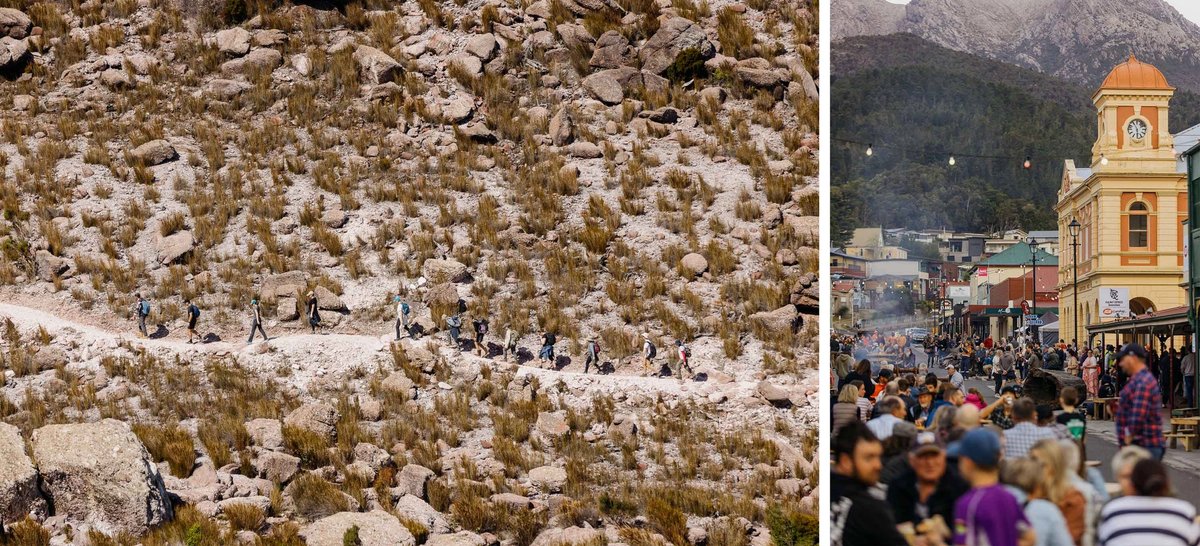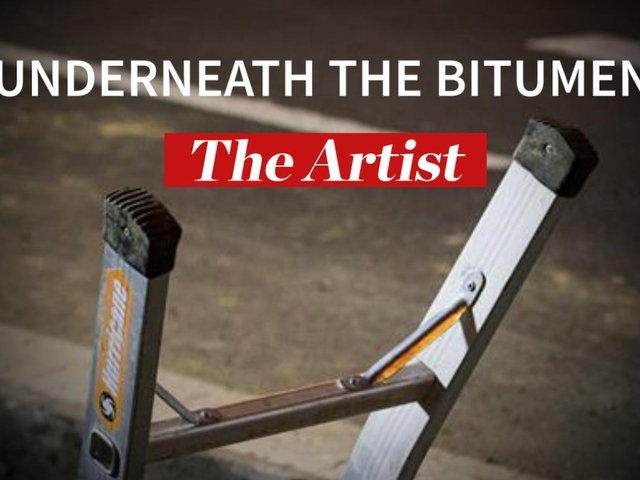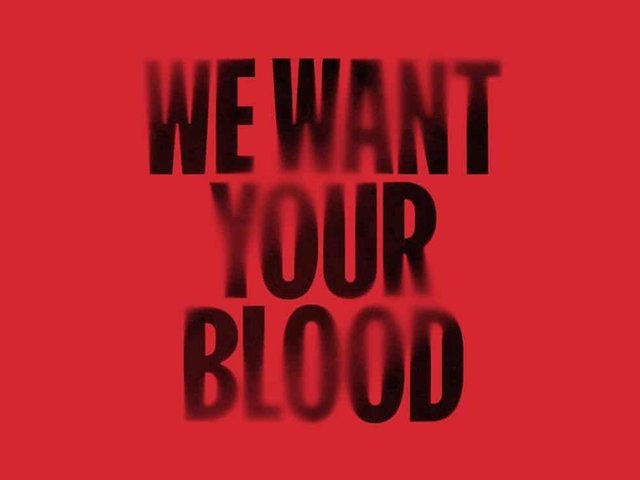The Unconformity, a biennial four-day arts and culture event taking place in remote Queenstown, western Tasmania, opens with a particular feeling of resilience attached to it this year. Having evolved from a community-run art festival in 2016, in late 2023 it became the only festival to receive multi-year federal funding. For 2025, it is putting on its most ambitious programme to date.
The festival has got to this point amid a challenging funding landscape, with Australian artists facing increased pressure from a national cost of living crisis and more than 50% of regional arts organisations in New South Wales recently missing out on the state’s four-year grant, albeit with some being offered two years instead. Loren Kronemyer, the Unconformity’s newly appointed artistic director, the festival’s unique setting and subsequent emphasis on site-specific programming has been the key to its success.
The latest edition sees 60 place-responsive events featuring 121 local, national and international artists installed across the ravaged Queenstown landscape. The area is home to the once-prosperous Mt Lyell copper mine, which sustained the town for more than 120 years, but also completely devastated the local environment, causing acid rain, poisoning a local river and removing topsoil from hills.
The festival’s artistic programme is entirely site-responsive—everything, Kronemyer says, is “made in place, and originates here”. A particular focus this year has been on works that demonstrate the continued strength and versatility of the environment despite more than a century of extractive practices. Equally represented are local artists’ “multi-dimensional relationships” to the region, Kronemyer adds.
The artist Bridget Baskerville, for example, is drawing on the qualities of a nearby landmark known as the confluence to create something new. The site, down a steep rainforest path, is a place where the tannin-stained King River collides with the burnt amber flow of the Queen River. The water there is incredibly acidic—and Baskerville has used it to etch copper plates, which will form part of Overflow, a site-specific kinetic sculpture that will be installed in the town.
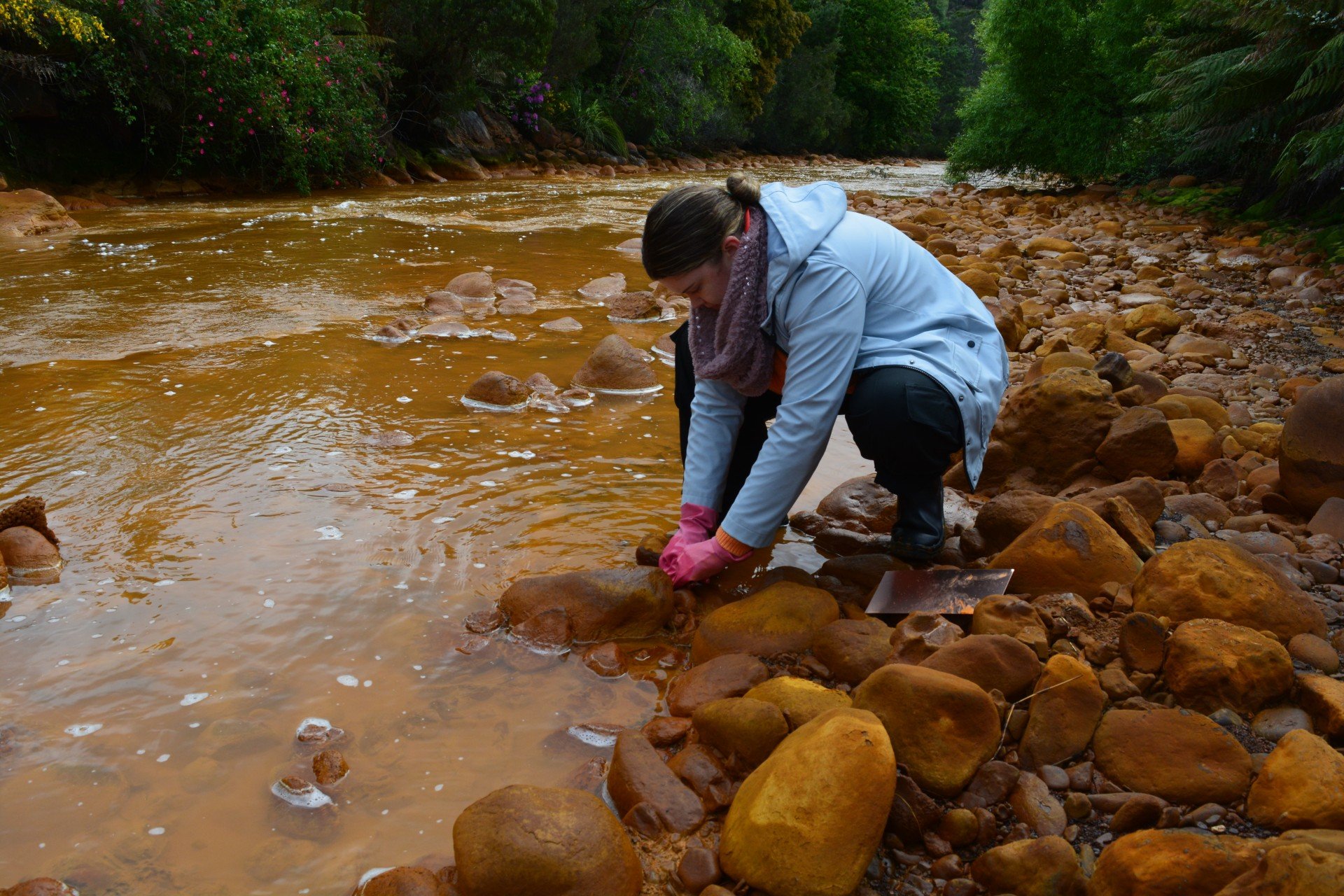
Bridget Baskerville is using the water from a site called the confluence to etch copper plates
Photo: Bridie Hooper
In Semaphore Score, artists Margaret Woodward, Justy Phillips and Cath Chick and a team of signallers will carry festival goers’ personal messages from Penghana, the former Mt Lyell mine manager's stately home, across the mountainous peaks of Mt Owen and out into the valley beyond, using handmade flags dyed with local plants.
This year’s programme is also strengthened by several works that originated through the festival’s creative development initiatives and artist residencies, which bring artists to the west coast of Tasmania outside of the festival time. Among them is Fell, by multidisciplinary artist Luke George, who grew up in Tasmania but now lives in Melbourne. Fell was developed as part of the Unconformity’s artist-in-residence programme in 2022. The work, performed inside a sawmill, will see George suspended for an hour beside a log equal to his own weight. According to the organisers the work is about relinquishing control and “creating space for the ecosystem”.
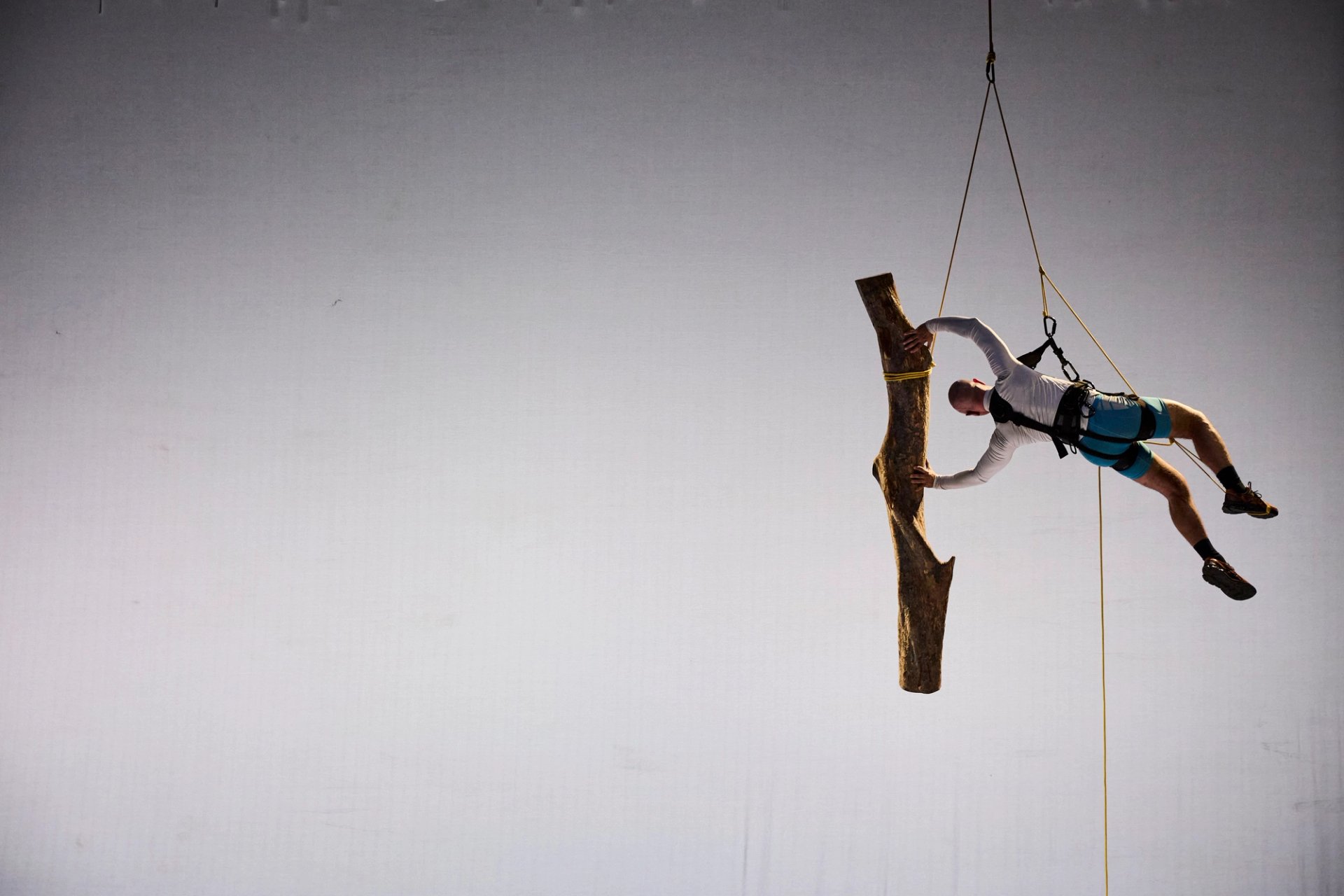
Luke George, Fell, involves the artist being suspended for an hour beside a log equal to his own weight
Photo: Liz Ham
David Fitzpatrick, a psychic and former mine electrician, meanwhile, will create spiritual portraits of festival patrons in one-on-one psychic drawing sessions. The Queenstown resident has been involved with the festival since its first year, participating in the Unconformity Art Trail, an initiative that allows West Coast artists to exhibit and sell their work on site. It has opened up new avenues for his practice.
“I’ve never felt connected to the arts,” he says. “I’ve always done my art and always been on the outside. The Unconformity has made me feel so welcome.”
The belief in nurturing local talent has proven one of the Unconformity’s greatest strengths. In many ways Queenstown today resembles what the Tasmania government’s own scientists warned it might become in 1997, in a review of runoff from the Mt Lyell mine. Although acid rain no longer falls and the surrounding hills are not as barren as when the mine was in full operation, the environment has been irreparably altered. But what people didn’t foresee was the resilient and adaptable community not willing to simply walk away from the place they call home.
“It’s not something that I’m bringing in or that even necessarily the festival is inventing,” says Kronemyer, who was born in California and relocated to Tasmania in 2018, impressed by the proliferation of experimental art. “It’s an energy that’s here in this place that we exist to broadcast and to nurture and to develop as an example to the rest of the world about how culture can lead recovery in the wake of extraction.”
The Unconformity, Queenstown, Tasmania, 16-19 October
2025.theunconformity.com.au


